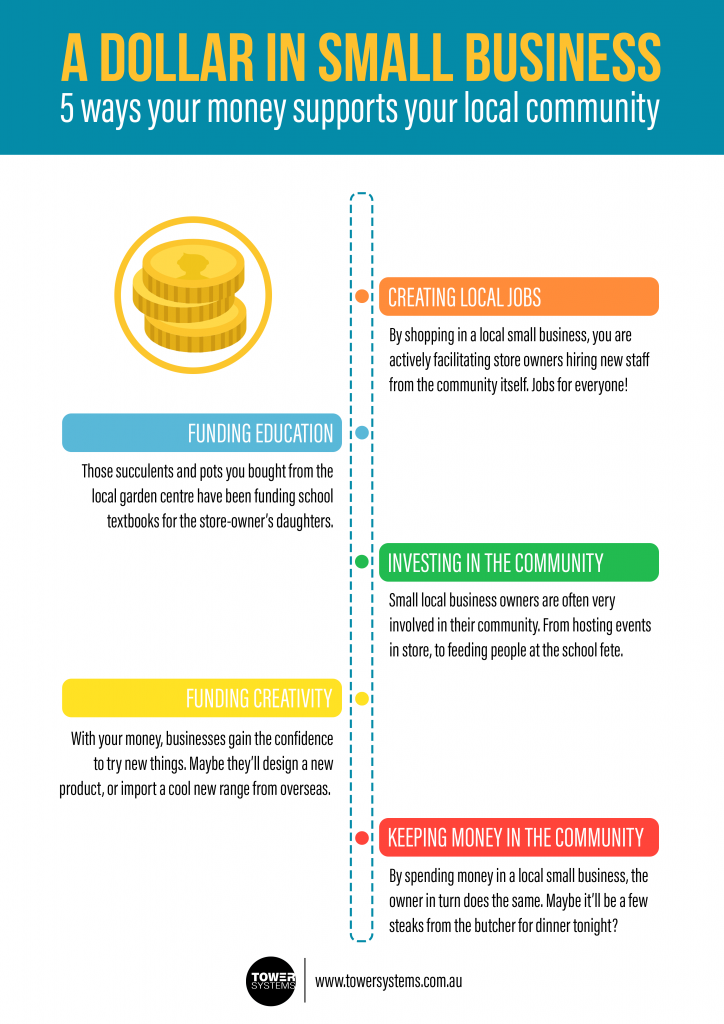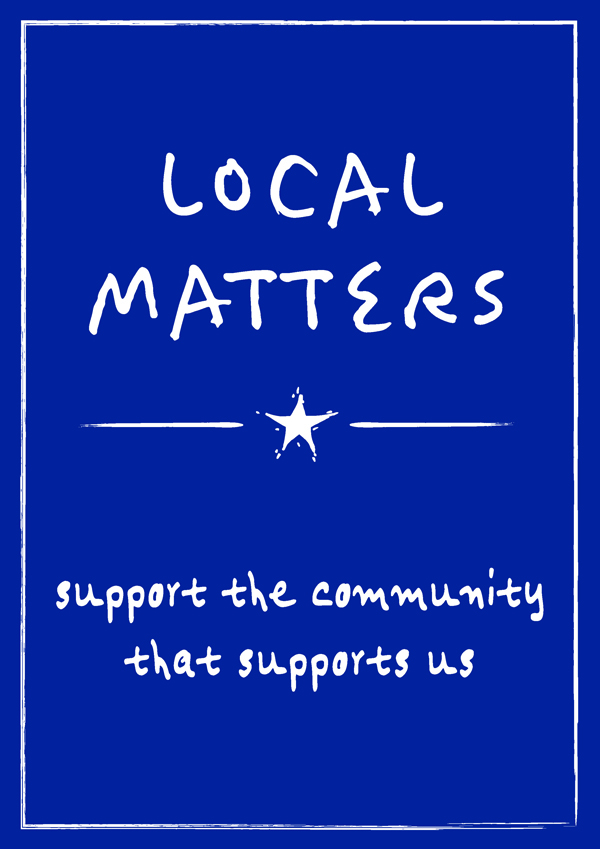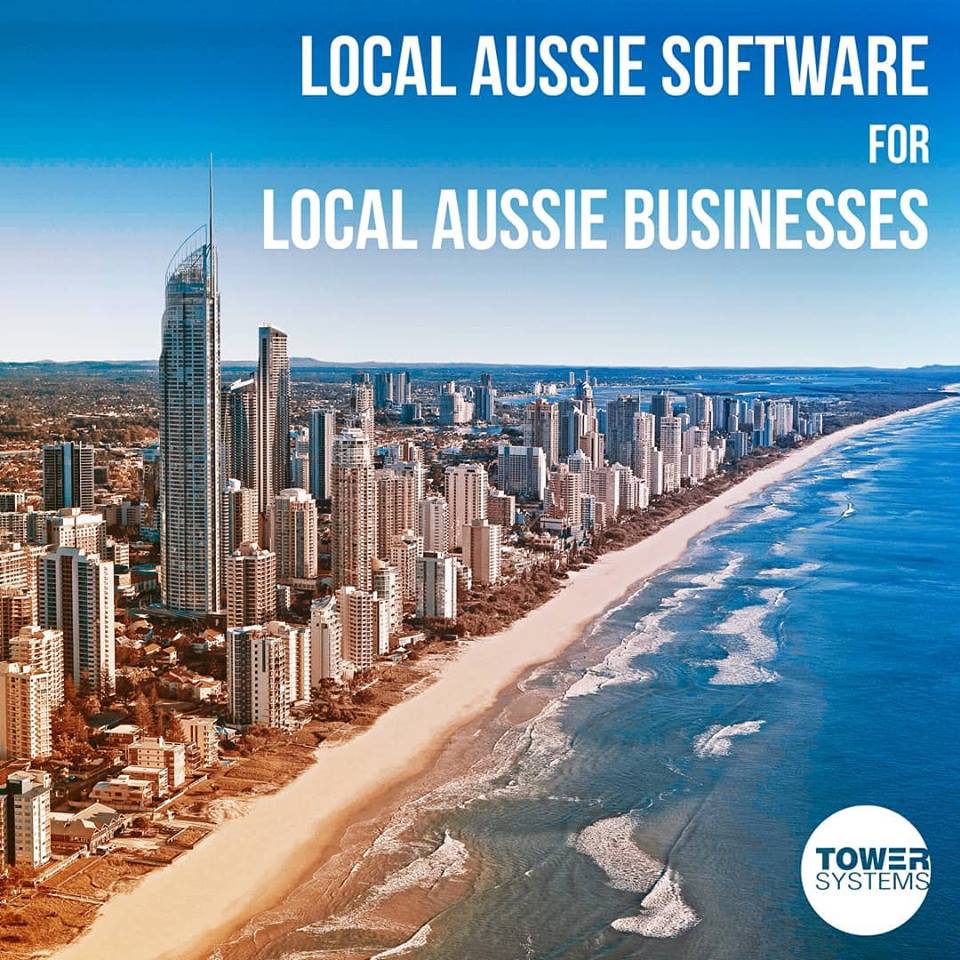Cashless retail is a thing. It is growing in retail, especially small business retail where trading in cash is challenging with banks withdrawing services and some increasing fees for handling cash.
Tower Systems, in its POS software, helps small business retailers transact without cast cost effectively, safely and quickly. We do this in myriad ways including…
Lower cost direct EFTPOS. We have negotiated excellent, competitive, rates for our 3,000+ customers for direct connect broadband EFTPOS, making accessing EFTPOS cheaper as well as faster and safer. This makes using EFTPOS at the counter as fast as cash if not actually faster.
Direct integration with EFTPOS. This means there is no extra keying of sales amounts, no separate terminal. No slower process for handling. Fewer mistakes. Easier end of shift balancing. More certainty for customers and for the business.
Easier access to cashflow finance. Through the EFTPOS arrangement, there is access to cashflow finance that can help the business better managing capital needs with greater certainty given the flow of funds between EFTPOS and the business bank account.
Direct Xero integration. This means less keystrokes, less accounting and bookkeeping fees, less mistakes and greater business certainty thanks to a more robust base off data on which business decisions can be made.
Business process advice. This includes migrating your end of shift from cash and other payment methods to other only, eliminating the float, making services payments easier and more.
Tower Systems can help retail businesses that want to transition to cashless to achieve this. We are not advocating this as we recognise each business owner needs to make the decision that is right for them. Our message is we are here with a plan if you want it.
As retailers ourselves, the questions about whether to go cashless in retail as well as how to go cashless in retail are as real for us as other retailers. Indeed, these are questions we have right now … hence, our preparation of plans and considerations, so we are positioning ourselves for our retail businesses and are happy to share this with other retailers in our small business retail community.
Cashless is growing in use in retail. We think it is useful and appropriate for retailers to learn how to deal with this. We are here to be a sounding board for anyone interested.




Recent Comments